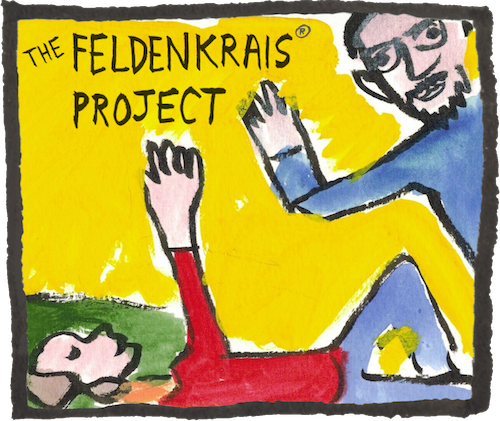Head Under the Gap, Supine: Workshop/Review Version (32m, Patrons)
Don’t miss the 1-minute video demo below if you haven’t done a hand bridging lesson yet.
Prerequisite: See the Context tab below.
Designed to clarify and distribute the image of arching and turning your whole self after you've explored the Long Belly, Strong Back lesson. Explore the unusual support of a bridged hand and its fascinating extension implications for your scapulas, shoulder girdle, ribs, and neck. Great for posture, breath, athletics, confidence, and groundedness.
We offer over 50 free lessons, but this one's just for our Patron-level donors. You can learn about it in the free lesson notes and comments below, but to access the audio you’ll need to join The FP as a Patron. Learn more
Donor Tip: Skip this login next time! See Why & How to Stay Logged In (and why it's safe)
Got a question for Nick, or a thought about this lesson?
Use the comments section below! Public comments build our community and help search engines find us.




Hi Nick, I know there is no such thing as a dumb question, tho this one feels a bit like one…! I couldn’t understand where my head was meant to be, or what the “gap” was when, part way through the lesson, you said “under the gap”… I tried various different things like turning head left and right, up and down, and I knew it was somehow related to the hand position, but… Could you elaborate please! 😉
No dumb questions, and I’m so glad you asked, because it made me realize I’ve got a few readily available photos this.
For anyone reading this before doing the lesson: DON’T CLICK the following two links! Try the lesson first. It’s better if you don’t have an expectation.
Here’s one photo and here’s another. NOTE: It’s not at all necessary to be so far “under/through the gap” as the man in these photos is. But you can see how the back of the head slides back through the gap created by the bridged arm.
Great! That’s so helpful – thank you. The exploration has resonances with Baby Liv’s explorations on your ‘what is Feldenkrais’ video page!